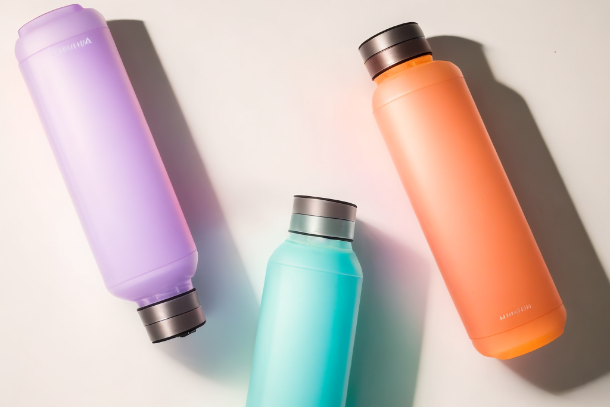Water Sports: Rowing a Boat, Kayaking, and Diving
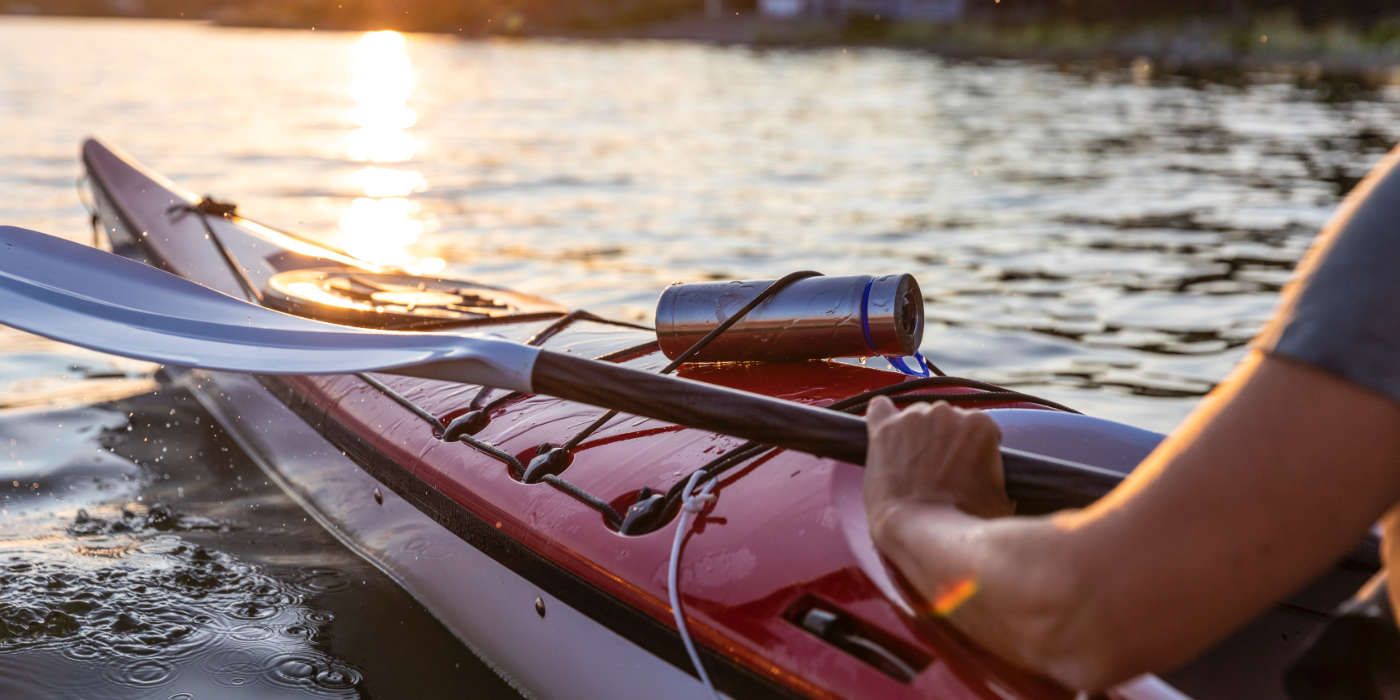
A water sport is defined as a sport that is played or practiced in or on water. This can range from swimming, to rowing, kayaking or diving.
Rowing a boat can come in different forms. However, there are some standard rules that come with learning how to do so. This article is going to offer a step by step guide on the best way to gain experience in rowing a boat.
How to row a boat
Sit backwards in the middle of the boat
Located on each side of the boat will be an oarlock. This is what holds the oars in place, they look like small rings. If you do not know which side of the boat to sit on, look for these and sit with your back to the front of the boat (bow) and face the rear of the boat (the stern). Ensure that your oars are sitting in the boat as they may accidently fall into the water. Once you have sat comfortably in the boat, put the oars into the oarlocks.
Grasp the oars
Place one hand on each of the oars. This should be done at the end of the oar and the blade end should be in the water. Your thumb can be placed on the tip of the oar.
Start Rowing
Rowing starts by your oars being in the water. You should be sat with your knees bent and your arms straight in front of you. As you push with your legs, your arms should be grasping the oars. You should be leaning forward ready to swing back brining your arms to pull back the oar. Right before your oars leave the water, your arms should be bent, your back straight and the legs once again straight out in front of you. Pull the handles towards your chest. Lift the blades out of the water and repeat the process to move the boat.
Turning the boat
When you are wanting to turn the boat, only row with one oar. If you want to turn left, use the right oar. If you want to turn right, use the left oar.
Tips for rowing a boat
Look where you are going
Most rowing activities will take place in open waters. Therefore, it is important that you take note of where you are going. Keep note of other rowers and their locations to avoid hitting their boat.
Speed
Rowing at a nice steady speed is the best way to maintain speed.
Train
Rowing can be a demanding sport. If this is something that are doing regularly it may be worth building your resistance by increasing muscle strength.
Check your equipment
It is very important to ensure that you are using the right equipment when rowing a boat. Carry out regular checks and maintenance on your boat. If you are rowing on open waters and are alone, ensure you have a gps system and and a life jacket. Take emergency equipment such as flares and signals in case you get lost.
Check your environment
If you are rowing on open waters, ensure that the area is safe. Plan a route and regularly check your location to ensure you are on track. Find areas to rest if your journey is going to be a long one. Row in safe weather conditions, be mindful that high winds or storms can cause the tide to knock you off course.
Multiple person rowing boats
The number of rowers in modern competitions is either 1, 2, 4 or 8.
1 person - Single Scull
2 people - Double Sculls
4 people - Coxless quadruple Scull
8 people - Octuple Scull
Kayaking
Kayaking and rowing are similar water sports. However there are some substantial differences that allow you to distinguish between the two. Firstly, the use different equipment. Rowing uses an oar and kayaking uses a paddle. When you row, you face the opposite direction in which you are going, however, a kayak will face the direction you are heading in.
Kayak vs Canoe
If you are in a kayak, a double paddle is used and is alternated through the water to move the kayak forward. Whereas if you are in a canoe a single paddle is used. This is what propels the canoe forward. The seating for each also vary. Whilst canoes have a bench for you to be seated on, kayaks have a seat on the bottom.
Pros of a kayak
- Suitable for a range of environments depending on where you will be kayaking
- You can get inflatable kayaks
- The sitting position is comfortable
- This is an easier form of paddling for beginners
- This can be done alone or as a group
Pros of a canoe
- Canoes are better for storing equipment
- You are able to stand
- Ideal for longer activities
- They are easier to get in and out of
Cons of a Kayak
- They are less stable
- Difficult to get in and out of
- They cannot hold as much equipment
Cons of a canoe
- They require more effort to paddle
- They weigh more than a kayak
- Harder to transport
As shown, canoes and kayaks are similar water activities but they are distinguished through the varied factors explored above. Deciding which to partake in really depends on what aspects appeal to you.
What is diving?
Diving definition - This article is going to discuss two different types of water sports. The first is diving as the sport of exploring under water. However, there is also the activity of diving into water from a diving board.
Underwater Diving
This can be done either as free diving, which relies on you holding your breath until you are able to then get back to the surface, or scuba diving which involves the use of breathing equipment that holds an air supply.
Scuba Diving
The term scuba means 'Self-Contained Underwater Breathing Apparatus'. A scuba diver will carry their own breathing supply, however this will be limited. The premise is that they are moving under the water in order to explore marine life and the bottom of large watered areas, such as oceans, rivers and large ponds.
Equipment used for scuba diving
- Mask/Snorkel (water resistance)
- Fins/Dive booties
- Regulator
- Air Tank/Breathing apparatus
- Buoyancy Compensator
- Pressure gauge
- Weight Belt
- Alternate air source
- Wet suit
- Dry clothes
Top 10 Places to go Scuba Diving
1# The Great Barrier Reef
This is the largest reef system on earth. You will be able to experience marine life such as manta rays, sharks, turtles and sea snakes. The reef offers a huge amount of colour. Scuba diving is the Great Barrier Reef can be enjoyed all year round. However, there are better times to go depending on what you want to see.
2# Silfra Gap - Iceland
This is the most popular diving destination in Iceland. This has some of the clearest waters and is largely unpolluted. However. if you are going diving to enjoy looking at the creatures you might not be able to see elsewhere, this is not the best place to dive. This is because the waters remain unpopulated by marine life.
3# Malta, Gozo and Comino
This destination has a lot of wrecks to be discovered! It has underwater caves and a huge array of marine life, making this a great diving destination. It is available to dive all year round and it is suitable for the inexperienced scuba divers to dive in.
4# The Riviera Maya - Mexico
This is a highly regarded spot for divers and is well recommended. There are deep sinkholes and an under water cave system that makes exploring for scuba divers a great experience. It is suggested that experienced divers should be the only ones to fully access each area of the caves. The types of underwater creates reported here are turtles, bull sharks and whale sharks.
5# The Red Sea - Egypt, Jordan, Israel, Sudan
This is another destination that allows for all year round scuba diving. There are wrecks that allow for an enhanced diving experience. It also has great coral foundations. It is a great place for an inexperienced diver to learn how to scuba dive, but also offers high levels of enjoyment for those more experienced divers.
6# Great Blue Hole, Belize
This diving space outlined by a coral reef houses sharks and resembles a marine sinkhole. These waters are often crystal clear waters making it easer to meet species of fish.
7# USAT Liberty, Bali, Indonesia
This is a spot that can be enjoyed by any experienced level of diver, whether you are just starting out or you are a regular diver, this destination offers the wreckage of a ship overtaken by marine life. If you do plan to explore the wreckage in deeper detail, it is suggested that you have experience for this. Additionally, eruptions from Mount Agung have made the beaches surrounding the area to be made up of black volcanic sand.
8# Richelieu Rock, Thailand
This is a deep dive site, at around 35 meters, but it can be dived mostly at 20-28 meters. The marine life at this destination is large in quantity. It is rocky and is a great destination for photographers. This has a reputation for shark sightings, with the best chance to see them being between February and May.
9# Blue Corner Wall, Palau, Micronesia
For divers, there are 2 entry points; along the reef wall and the eastern end of the reef. You can expect to encounter barracuda, wrasses, butterflyfish and more. There are soft and hard corals, manta rays and sharks.
10# The Yongala, Australia
This is a shipwreck that is full of marine life. There is a large history behind this site, where the steam ship Yongala sank over 100 years ago. Today, it is an ecosystem for the marine life and provides them with a habitat. Diving is the best way to experience and explore the wreckage. There are day trips and boat tours in addition to diving.
Groups to help you learn how to dive
PADI - If you are interested in learning how to dive. PADI offers scuba diving lessons that allow you to gain your scuba diving certificate. They offer a starter session, called Discover Scuba Diving, and it allows you to experience what it is like to dive, but in a pool environment that mimics open water. They do hold the option of open water if that is something that you are comfortable with. An Open Water Diver Certification means that you are able to dive anywhere in the world.
BSAC - This is another place where you are able to learn how to dive. They show you how to be safe, confident and self-reliant as a diver. They offer short courses of 5 days, or longer courses that can last weeks or months. So, this company is great for those who are a quick learner as well as those who would prefer a longer learning experience. They offer two courses:
BSAC Ocean Diver - This is the most popular course and the qualification you gain will allow you to dive anywhere in the world down to around 20m. You must be over 12 to complete this course and be able to swim as well as be medically fit for diving.
BSAC Discovering Diver - This qualification allows you to go scuba diving with a dive guide. It is for beginners and is suitable for those 10 and over. You do need to be able to swim and be medically fit for diving in order to be able to take this course.
There are many other learning courses that will enable you to learn to dive. If you are interested in the complete list of groups to help you learn to dive, then click here.
Diving
Diving is a well known and enjoyed sport. It is not simply just jumping off a diving board and landing into the water. It is the act of leaping into water and perfecting a series of body positions. Diving has made it into the Olympic games and first appeared in 1904.
Equipment for Diving
- A swimming pool that is at least 5 meters deep
- A flexible diving board, non-slip surface
- Swimming costume/shorts
This sport can be enjoyed either professionally or as a hobby.
Related to this article are the following:
I do hope you have enjoyed this article and hope that you will subscribe to my newsletter so you can get the latest information about all things naturally relaxing.
Stay in touch, join the Naturally Relaxing Newsletter
Newsletter Signup
Post Your Comments
or post as a guest
Be the first to comment.
Latest articles in Water
Idea is to do article on waterfall
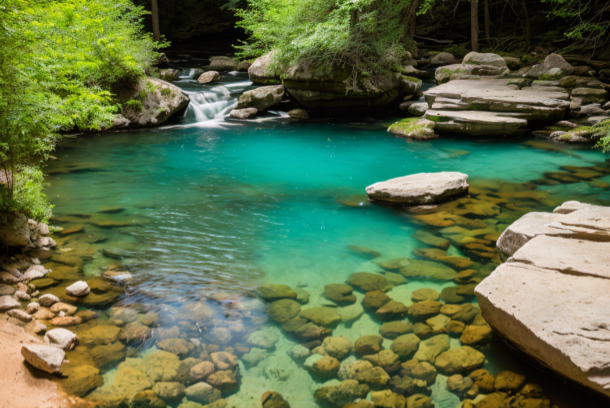
Finding the Perfect Swimming Hole: Your Comprehensive Guide
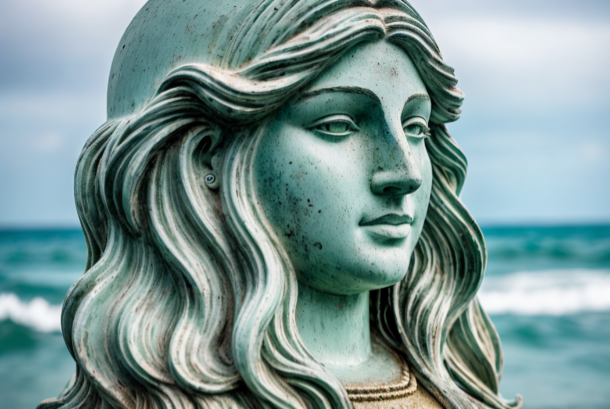
Exploring Sea Deities Around the World: A Dive into Global Mythologies
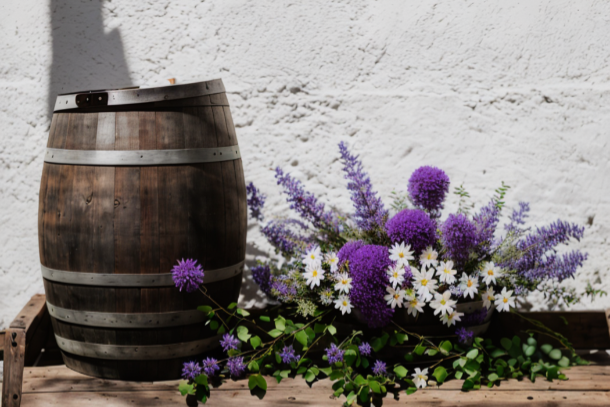
Harvesting Rainwater: A Comprehensive Guide to Rain Barrels and Water Storage
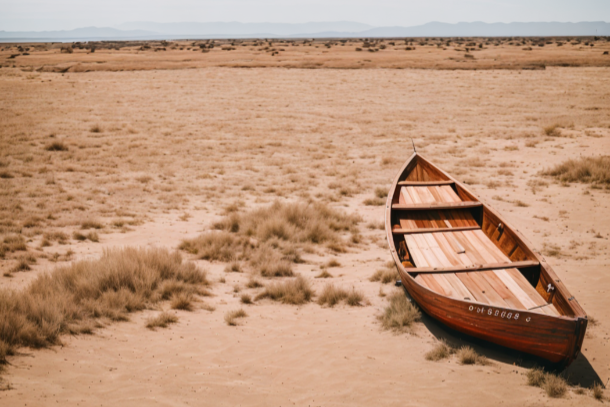
Creating Resilient Gardens: An Expert Guide to Drought-Tolerant Landscaping
